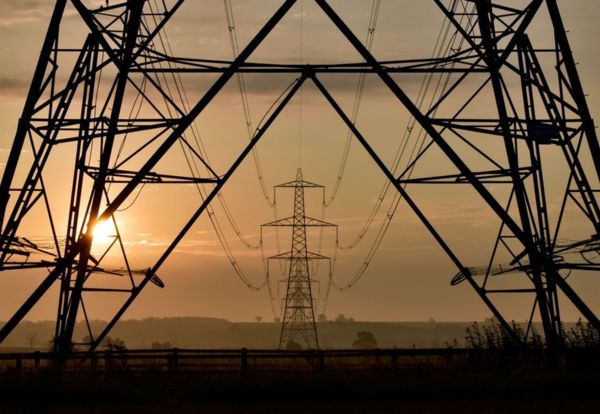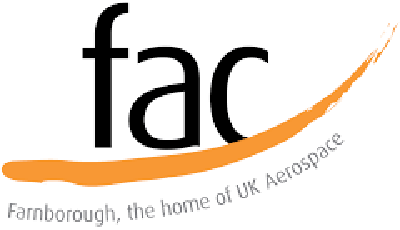Your energy bill’s silent killer: Why overvoltage is costing businesses thousands
Many businesses are paying for more electricity than they actually need, and few realise it. The issue is overvoltage, which occurs when the national grid supplies a voltage higher than equipment or machinery requires to run efficiently. While the legal supply range in the UK is between 216V and 253V, many commercial sites consistently receive 245V or more. That’s significantly higher than the 220V to 230V level most modern machinery is designed for, and it quietly drives up energy bills.
The impact is often underestimated. When equipment operates at a voltage above its ideal level, it consumes more power, generates excess heat, and wears out more quickly. This means higher energy and maintenance costs, as well as a shorter lifespan for your assets. Many businesses lose money without even noticing.
The financial consequences of overvoltage can be significant. Studies show that reducing supply from around 245V to a more efficient 225V typically lowers electricity consumption by 8–10%. For a medium-sized manufacturing business, that level of optimisation can equate to annual savings of more than £10,000, alongside measurable reductions in carbon emissions.
Voltage optimisation (VO) addresses this issue by regulating the electricity flow between the mains supply and the building. Fixed systems lower voltage constantly, while dynamic ones adjust to grid changes. Both help businesses use less power, protect their equipment, and reduce their carbon footprints.
The benefits extend beyond simple cost savings. Some businesses can see reductions of up to 10% in energy use, depending on their sector. Equipment such as HVAC systems, motors, and lighting lasts longer, unplanned breakdowns become less frequent, and operational downtime is reduced. From a sustainability perspective, VO also delivers measurable improvements to Scope 2 emissions reporting, making it an attractive option for organisations pursuing ESG targets.
“Overvoltage is one of those hidden problems that most businesses don’t even know they have,” said Clive Hutchinson, Installations Manager at Green Shield Group. “The savings from voltage optimisation are immediate and measurable, with the added value from protecting equipment and avoiding unnecessary waste. It’s a simple step that can make a big difference to both costs and carbon reduction.”
For companies already investing in renewable energy, VO adds further value. By lowering base demand, solar PV systems can cover a larger share of a site’s consumption, while batteries can stretch further, storing and discharging energy more effectively. This integration shortens payback periods and enhances the overall return on investment across all technologies.
Overvoltage remains a silent but costly issue for businesses, often going unnoticed on electricity bills. Voltage optimisation offers a straightforward, low-risk way to reduce waste, cut costs, and improve sustainability performance, making it a technology that no energy-conscious business should overlook.
Green Shield Group works with businesses across the UK to take control of their energy, helping improve efficiency, lower costs, and build more sustainable operations. To discuss your energy contact us on 01254 786 071or email info@greenshield.group or visit www.greenshieldgroup.co.uk.






